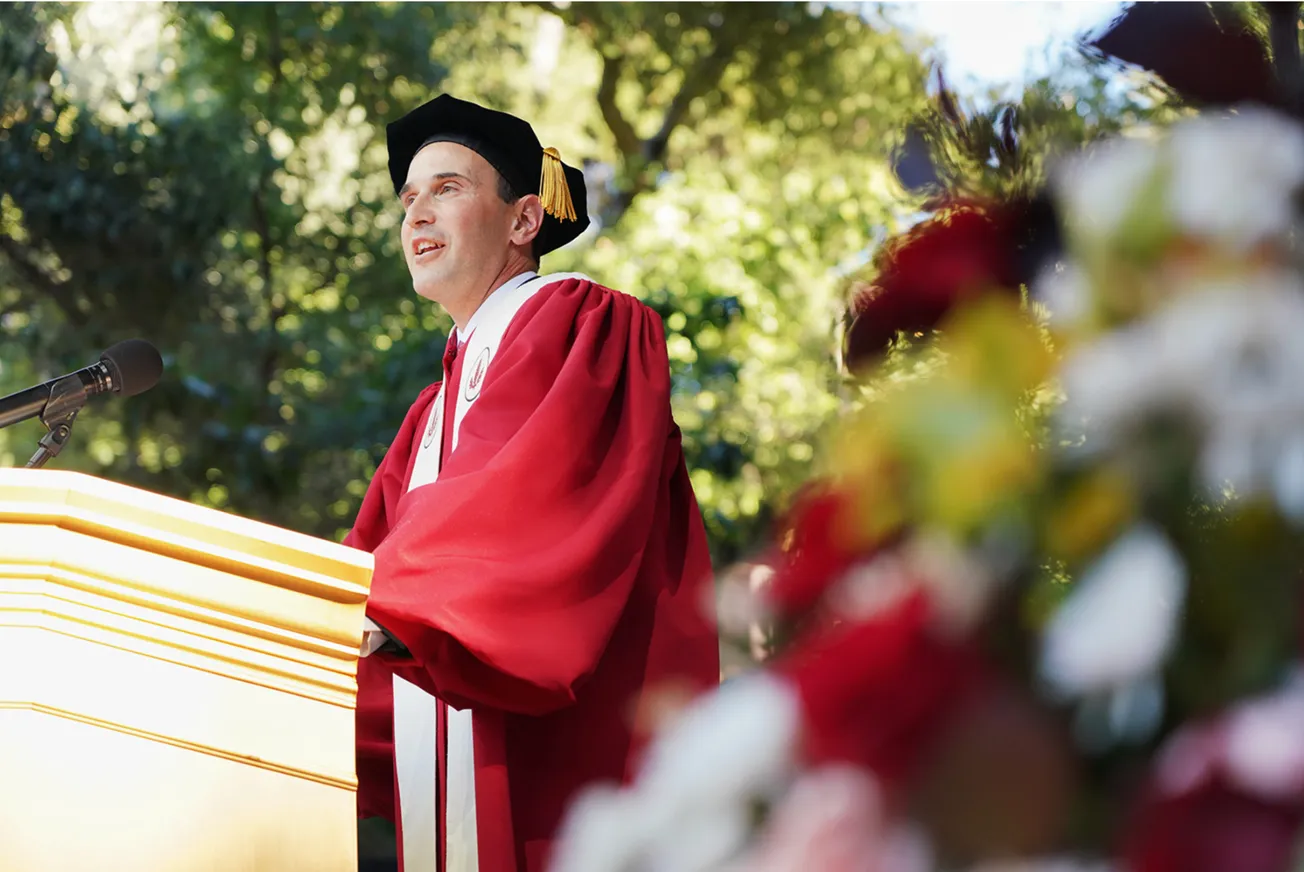Table of Contents
On Wednesday, September 29th, Peace Corps held its first monthly recruiting event for the academic year. Turnout was higher than most Peace Corps campus events, signaling a rising tide of what one Peace Corps representative calls a “generation of volunteers.”
Students hurried into a packed room; some were already sitting on the floor. Kory Russel, one of two former Peace Corps volunteers to speak at the information session, shared pictures and personal stories from his volunteer experience.
Alice Bosley ’11 vividly recalled a photo depicting the hut in which Russel lived while teaching biology in Mozambique. Termites crawled along the hut’s dirty walls. “I got to see the stuff I wouldn’t have anywhere else—the stuff that’s not necessarily on the Peace Corps’s website,” Bosley stated.
Russel highlighted: “Peace Corps is mostly about the experience, and the exchange of cultures. It’s a way for people to expand their worldview.”
Nathan Hail Sargent, the Public Affairs Specialist for Peace Corps’s San Francisco Regional Office and a former volunteer, added: “Peace Corps is many things—travel, adventure—but at the end of the day, it’s about a call to service. Stanford students answer that call.”
Before pursuing his Masters at Stanford in Civil and Environmental Engineering, Russel also took on a variety of secondary projects, some of which focused on HIV prevention and other health issues. He continued: “In a place like Stanford, where you have kids that are really driven and motivated, it’s a good fit for many of them to explore a lot of opportunities.”
Peace Corps’s Regional Recruiter Sue Gershman, who outlined the application process for potential student applicants, stated: “Stanford students, to a greater degree than most, are really career focused and look at any decision they make post-graduation as a stepping stone. Part of my job is to show how service is not just a detour [from a career].”
The Peace Corps, which offers unique volunteer opportunities abroad, has pursed three main goals since its founding in 1961: to help the people of countries meet their needs for trained men and women, to increase global awareness of America, and to enhance Americans’ own understanding of others around the world. The organization sponsors over 7,600 volunteers now serving in 77 countries.
Stanford University has produced nearly 1,340 Peace Corps volunteers, ranking 14th in the country. In sharp contrast*, Washington Monthly* ranks Stanford at 201st place in terms of the percentage of students who serve in the ROTC. Overall, Washington Monthly places Stanford 4th in the nation for contributing to the public good.
“Stanford University produces wonderful leaders,” Hail Sargent added. “Stanford is one of the most diverse campuses in the country, and it’s an important campus for recruitment because Peace Corps needs to reflect the diversity of America.”
Nonetheless, 90% of the Peace Corps programs have a degree requirement. Hail Sargent relented: “You have to be from a certain socio-economic background to get that degree.”
Hail Sargent stated that unlike prior generations, “people expect the generation coming out of school now to go on to pursue volunteer opportunities like Teach for America (TFA) and Peace Corps.”
ASSU Executive President Angelina Cordona ’11, on the other hand, believes that TFA and Peace Corps are “like apples and oranges.” Although she was unable to attend the information session, she has contacted Gershman and is intending to apply to both volunteer organizations.
Cordona stated: “I consider my ASSU position to be a service position. I’m here to serve Stanford students.” She continued: “Service is what keeps me motivated, and I want to keep that going after school and with my career.”
Gershman added that in her two-year experience of evaluating applications, she has noted that Stanford students’ applications are “without fail, unusually thoughtful, extraordinarily well-written, and not just about, should I say, ‘wanting to help people.’ The students and their essays are**authentic.”
This year, fourteen Stanford alumni are in the midst of Peace Corps service abroad. Michael Huggins ‘10 is currently working in Azerbaijan as a Secondary English (TEFL) teacher. In a statement provided by Peace Corps, Huggins stated, “before going to law school,” he wanted to “give back to this world.” He continued: “I hope to change some misconceptions [about Americans] and in return, I hope to be transformed in the process.”
Russel contends that careers and service are not mutually exclusive; Cordona looks at life through a “service lens.” Perhaps this generation has melded the definition of service itself.
Peace Corps celebrates its fifty years of service to the globe next year, and a tremendous crop of volunteers fulfilled by not only their two-year commitment in a foreign country, but also from service at home, in America.



